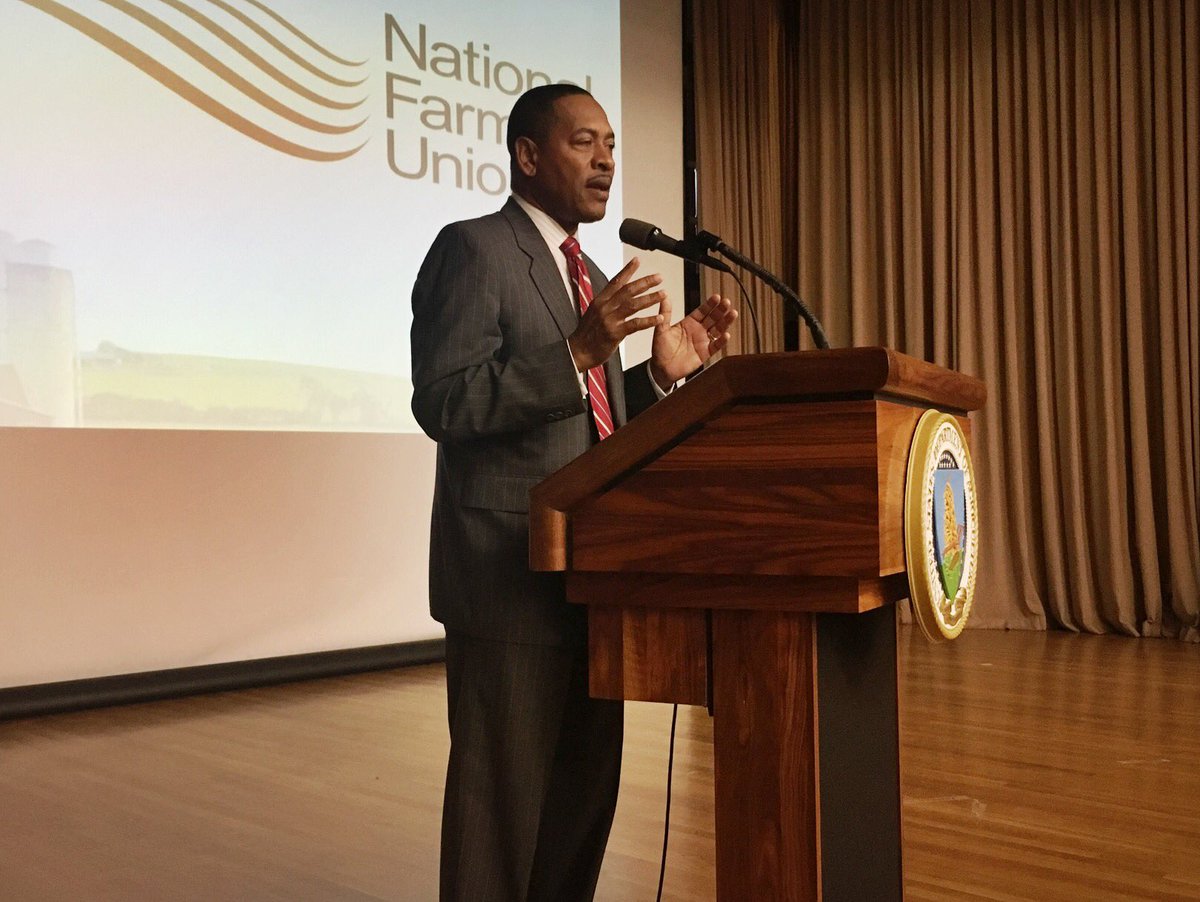Source: Washington Informer
The Census of Agriculture has begun, and the top administrator at the USDA’s National Agricultural Statistics Service (NASS) in Washington, D.C., says it’s vital that growers respond, regardless of the size of their farm or the color of their skin.
“The census is very important,” says NASS administrator Hubert Hamer. “It’s an operation that’s conducted every five years, and it’s the most comprehensive set of information in the United States right down to the county level. So it’s very important for decision-makers, producers and the like, and it’s the widest set of information available across every county in the country.”
 The current undertaking counts as Hamer’s first census since being named administrator more than a year ago.
The current undertaking counts as Hamer’s first census since being named administrator more than a year ago.
“The Census of Agriculture is very good for trends,” he says. “You can think about measuring the structure of agriculture and the amount of land involved, and the number of individuals. It measures across all values of sales, the demographic makeup of individuals and the producers involved. It also looks at new and emerging trends coming into agriculture.”
Among those trends is an uptick in black farmers.
“We want to fully represent agriculture, and to do that, we have to have all of the information from all groups,” Hamer says.
Between 2007 and 2012, census figures revealed a growth among a number of demographics.
“Looking at the African-American community, we have almost 45,000 black farmers in the United States, which is up 12 percent from 2007,” Hamer says.
African-Americans represent about 1.4 percent of the nation’s 3.2 million farmers, he says.
The Census of Agriculture highlights land use and ownership, operator characteristics, production practices, income and expenditures, and other topics. The 2012 Census of Agriculture revealed that over three million farmers operated more than two million farms, spanning over 914 million acres, according to a NASS news release. That represented a 4 percent decrease in the number of U.S. farms from the previous census in 2007.
However, agriculture sales, income and expenses increased between 2007 and 2012. That telling information and thousands of other agriculture statistics are a direct result of responses to the Census of Agriculture, officials say.
“Today, when data are so important, there is strength in numbers,” Hamer says. “For farmers and ranchers, participation in the 2017 Census of Agriculture is their voice, their future and their opportunity to shape American agriculture—its policies, services and assistance programs—for years to come.”
NASS defines a farm as any place where $1,000 or more of agricultural products were produced and sold, or normally would have been sold, during the census year.
“We certainly hope the producers, farmers and ranchers providing the information use it for decision-making at the local level,” Hamer says. “There’s a lot of interest on the state and local level by legislators to develop farm policy to make sure that if we have a disaster, we have a baseline of information to help support claims for disaster assistance.”
Hamer, a former farmer himself, grew up on a small livestock and row crop farm in Benton County, Miss., a long way from the bustling city life of the District of Columbia. Like the agriculture trends that continue today, Hamer left the family farm to go to college, he notes in his bio posted on the NASS website.
“I maintained my roots in agriculture with NASS by collecting and providing agriculture data to all those who serve farmers and rural communities,” Hamer says. “The Census of Agriculture remains the only source of uniform, comprehensive and impartial agriculture data for every county in the nation.
“As such, census results are relied upon heavily by those who serve farmers and rural communities, including federal, state and local governments, agribusinesses, trade associations, extension educators, researchers, and farmers and ranchers themselves.”